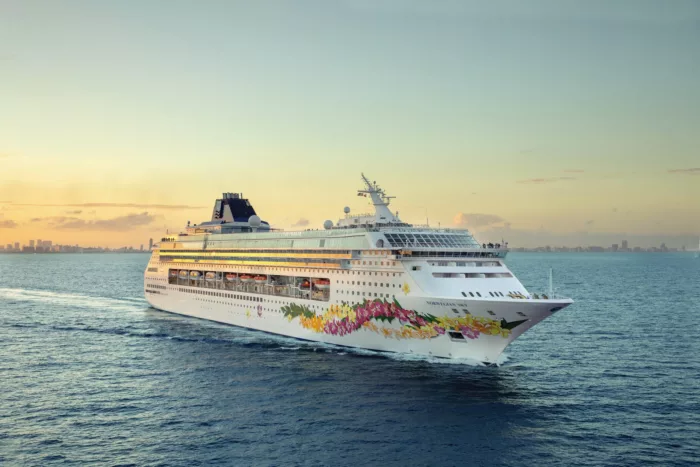
Norwegian Cruise Line
Founded in 1966, Miami-based Norwegian Cruise Line (NCL), part of global cruise company Norwegian Cruise Line Holdings (which also owns Oceania Cruises and Regent Seven Seas Cruises), is the third-largest cruise line in the world in terms of cruise passengers. NCL has become well-known for its colourful ships featuring a pop-icon style painted hull.
4004
Passengers
1716
Crew
2018
Launched
168028t
Tonnage
333m
Length
41m
Width
23kts
Speed
20
Decks
USD
Currency
Cruise Itinerary
Day 1
Seattle, Washington, United States
Day 2
At Sea
Relax and make the most of the myriad of facilities available on board the ship, from fantastic entertainment to delicious and diverse dining options.
Day 3
Sitka, Alaska, Alaska
Day 4
Juneau, Alaska, Alaska
Day 4
Endicott Arm, Alaska, Alaska
Day 5
Icy Strait Point, United States
Day 6
Ketchikan, Alaska, Alaska
Day 7
Victoria, British Columbia, Canada
Day 8
Seattle, Washington, United States

Day 1
Seattle, Washington, United States

Day 2
At Sea

Day 3
Sitka, Alaska, Alaska

Day 4
Juneau, Alaska, Alaska

Day 4
Endicott Arm, Alaska, Alaska

Day 5
Icy Strait Point, United States

Day 6
Ketchikan, Alaska, Alaska

Day 7
Victoria, British Columbia, Canada

Day 8
Seattle, Washington, United States
Ship Details


Norwegian Cruise Line
Norwegian Bliss
Imagine exhilaration whilst exploring the wilds of Alaska. Imagine relaxation upon finding your slice of paradise in The Caribbean. Imagine Bliss.
Cabins
All Prices

















